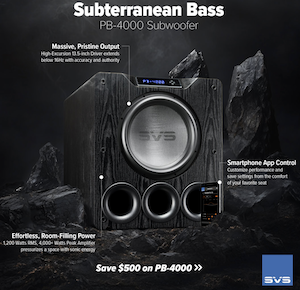I'm setting up my 2 way system with a Minidsp DDRC-24. And somethings are not clear to me.
At first you measure the individual drivers on axis and near by, how near by do you recommend me to measure them?
The former without anything set in the DDRC, so no crossovers, no EQ.
The second question is, when you know where you want to cross the drivers you have a reference how wide you want to EQ them individually. From the crossover freq, how wide in octaves do you EQ the driver?
The third has something to do with the second question, when EQ is made to the drivers, do you EQ them flat, and how wide, or do you already use the housecurve you want to use in the end? For me the Harman curve is my objective, and it sounds illogical to do flat EQ when in the end you do DIrac and use a housecurve, so opinions are welcome.
After applying the crossover, the Dirac can make the final EQ of the complete system.
Love to hear from the experts here.
With kind regards,
Kermy
At first you measure the individual drivers on axis and near by, how near by do you recommend me to measure them?
The former without anything set in the DDRC, so no crossovers, no EQ.
The second question is, when you know where you want to cross the drivers you have a reference how wide you want to EQ them individually. From the crossover freq, how wide in octaves do you EQ the driver?
The third has something to do with the second question, when EQ is made to the drivers, do you EQ them flat, and how wide, or do you already use the housecurve you want to use in the end? For me the Harman curve is my objective, and it sounds illogical to do flat EQ when in the end you do DIrac and use a housecurve, so opinions are welcome.
After applying the crossover, the Dirac can make the final EQ of the complete system.
Love to hear from the experts here.
With kind regards,
Kermy












